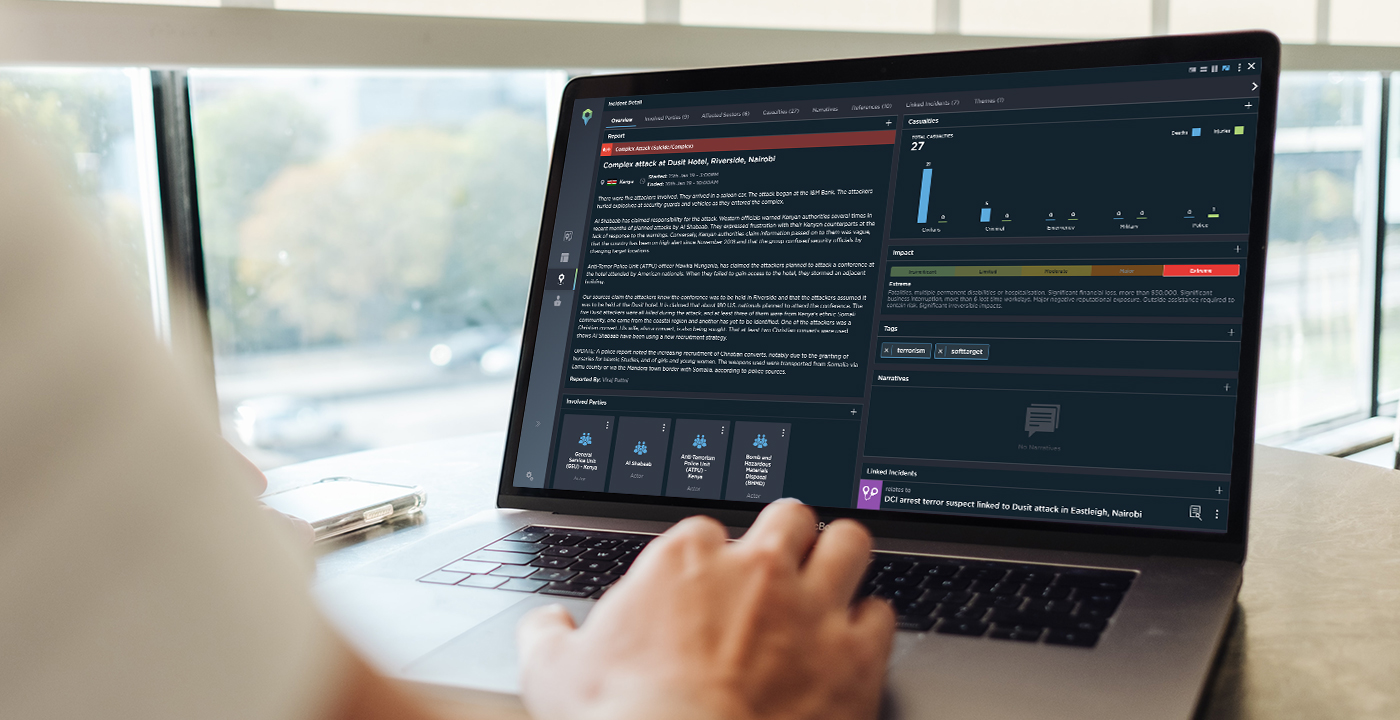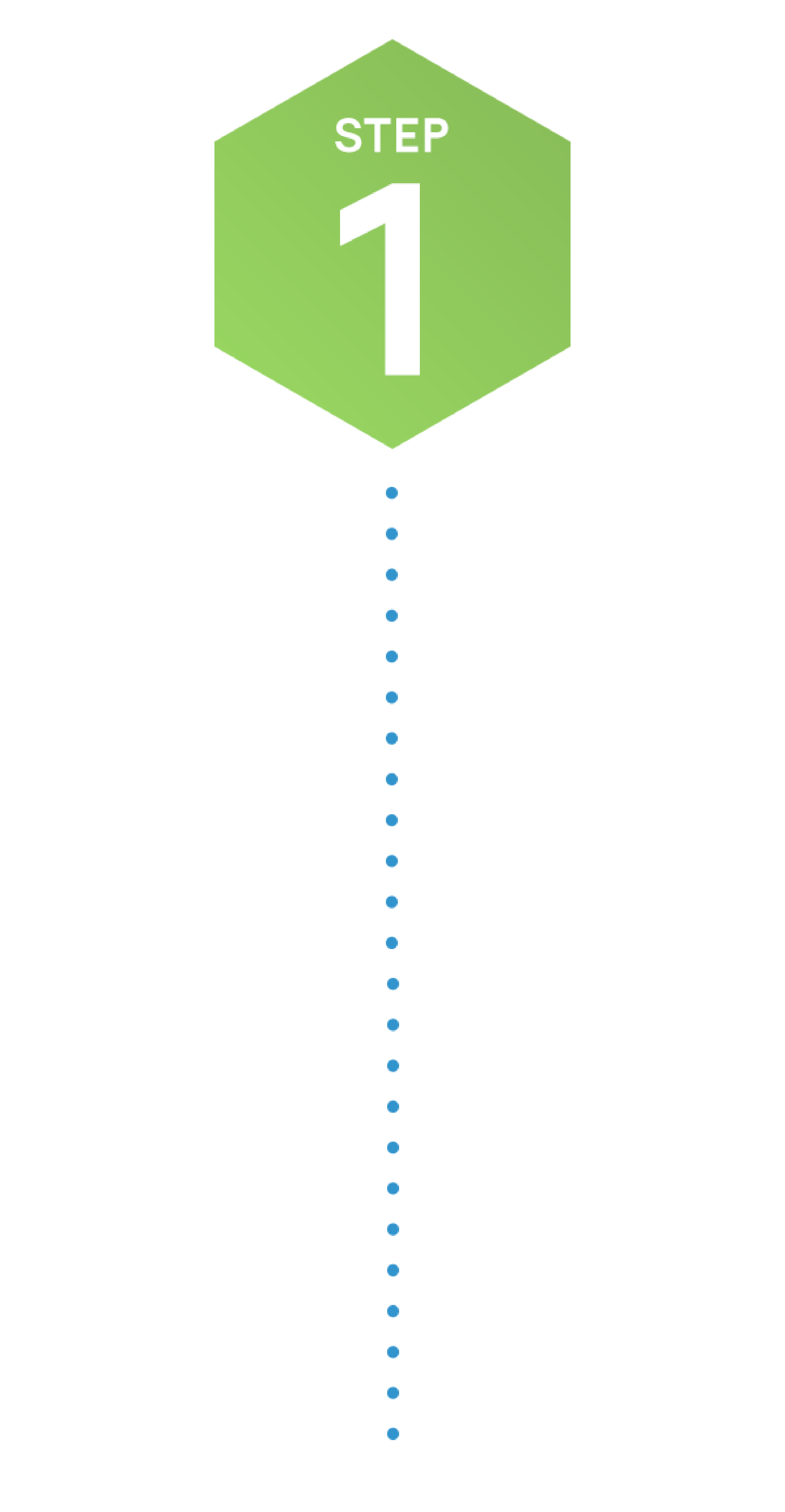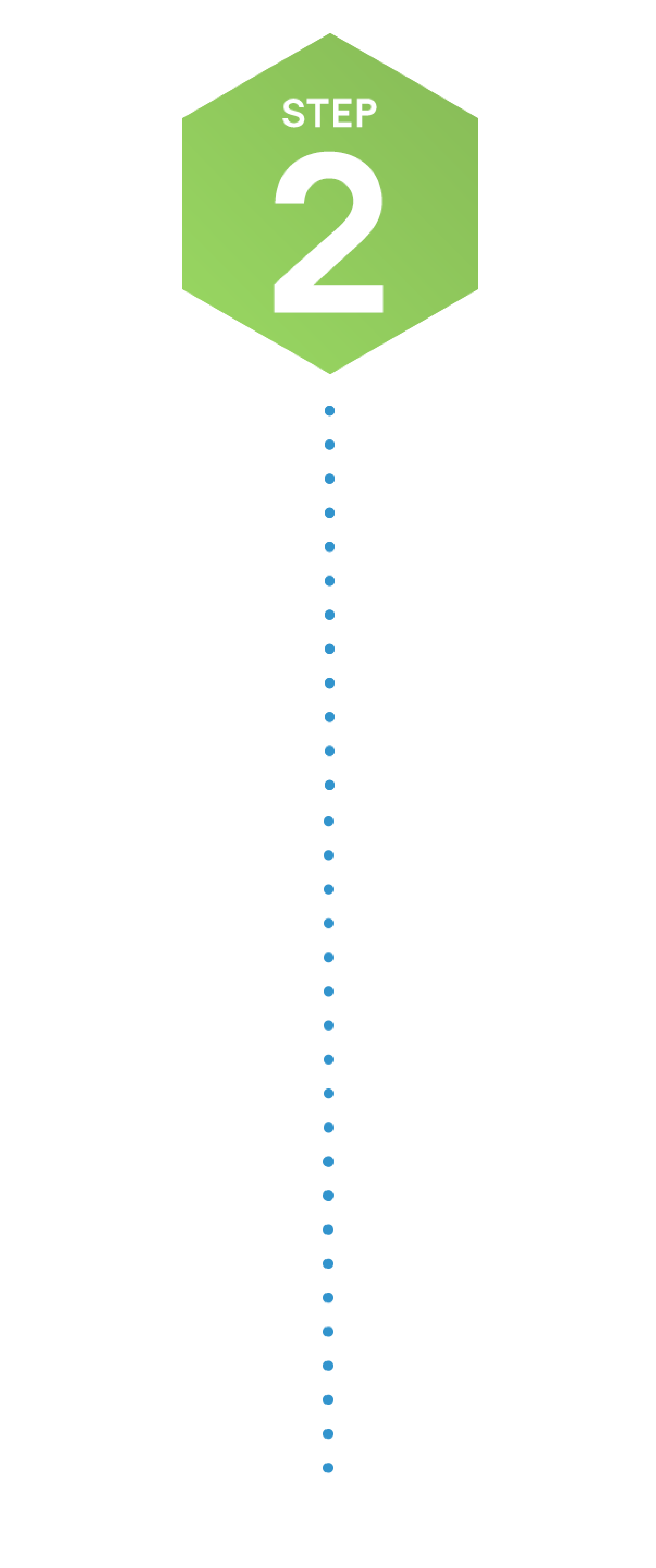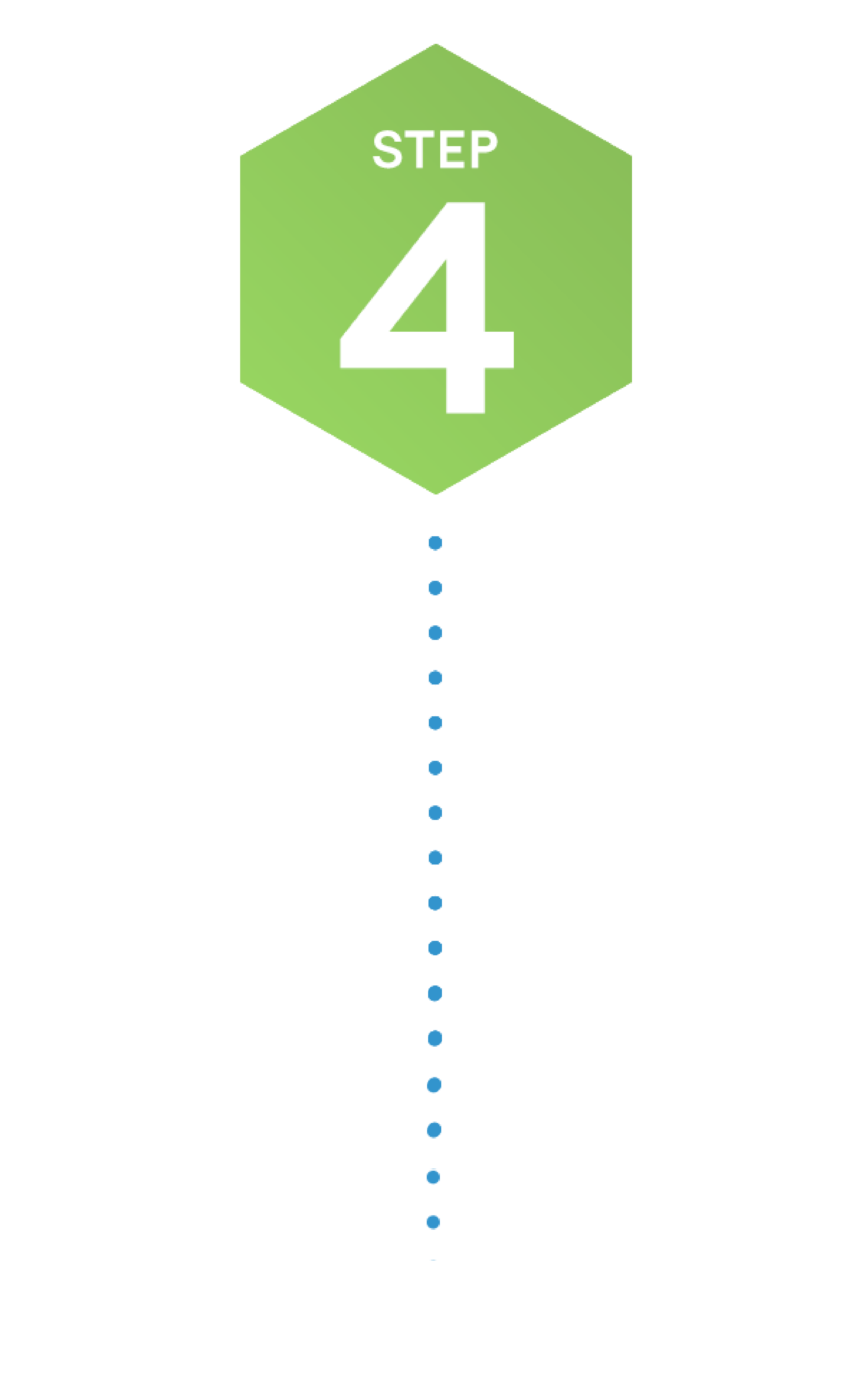Collection
Once we have the intelligence requirements, we can begin our collection process – exploiting our vast range of sources with both manual collection from our 24/7 operations centre, and automated collection through datamining.
Both our manual collection and our datamining development is guided by the information identified in your Intelligence Collection Plan to deliver relevant, timely and valuable data that’ll help you make better decisions.
Our source list, which is constantly growing, currently sits at around 12,500 active open-source channels. With new social media platforms and ways to communicate emerging all of the time, our analyst team are crucial for keeping on top of these trends and digging into areas our datamining can’t reach.
When it comes to selecting sources, we consider a number of factors, including:
- Capability – Can the source you choose complete the task?
- Suitability – On occasions more than one source may be able to answer your question. Appropriate consideration should be taken to choose the right source
- Multiplicity and balance – Where possible information should be sourced using multiple sources. This helps guard against deception and helps enhance the prospect of successful collection
- Timeliness – Sources selected must be able to carry out the task in the necessary timeframe
These considerations allow us to make sure the information collected is already as relevant and reliable as possible before it is processed into intelligence.




